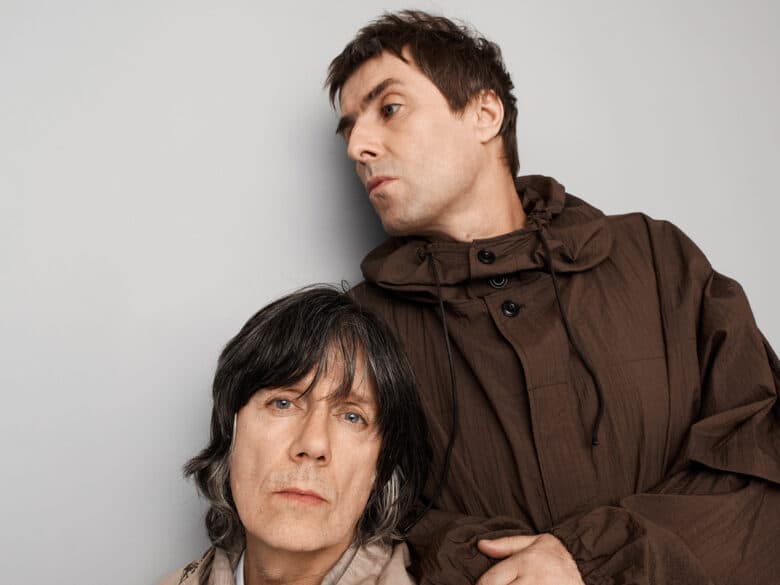From club to cultural institution: Berghain turns 15
For anyone on a weekend trip to the German capital, a stop by Berghain is a must-visit. I say “stop by” because entry into the club can be rather elusive, particularly for those with no connection to Berlin or its techno scene. Rather, process of queuing for hours, only to be cursorily assessed and promptly rejected by the nightspot’s bouncers is a masochistic attraction for many tourists.
Cutting past the gimmicks however, Berghain has been at the vanguard of German culture for over a decade. This Saturday, the club kicked off its 15th birthday celebrations with a massive weekender featuring Fort Romeau, Marcel Dettmann, Caterina Barbieri and over twenty other acts. The fan fare surrounding the club’s anniversary is well deserved. As well as being the venue that launched a thousand memes, it’s also one of the most important venues for Western contemporary culture.
So where did it all begin? Berghain is the descendent of Ostgut, which opened in 1998 after being created to house gay fetish night Snax. After the warehouse containing Ostgut was demolished in 2003, Berghain was established in a former power plant. Sitting at the intersection of Kreuzberg and Friedrichshain it serves as the cultural meeting point for areas formerly cordoned off as East and West Berlin. Even in its geography, then, it symbolises freedom, hybridity and acceptance.
Snax, which lives on today in the guise of a biannual pop-up night has proved influential enough to inspire photographer Wolfgang Tillmans — whose shot of the queue outside the club popped up in recent exhibition No Photos on the Dancefloor exploring the cultural significance of Berlin techno for the social transformation of a post-wall Germany.
Now, if you’re lucky enough (or, let’s face it, cool enough) to get in, Berghain offers one of those few opportunities to get lost; from your responsibilities but also from the social mores which weigh us down in other aspects of life. In June 2018, writer Julia Bell penned an emotive homage to Berghain in the White Review, emphasising how its queer beginnings help to evoke a different sense of temporality — and in many ways she’s right. Disappearing down a rabbit role of deep and dark techno for days at a time, Berghain a place where you’re free to lose step with the punishing, repetitive rhythm of adulthood. It’s also a place for queer people, in particular, to be themselves without their identities being policed or having to engage in tiring respectability politics.
For all these reasons and so many more, Berghain was granted cultural institution status by the German government in 2016, a gesture that not only helps with lowering its taxes but also provides state reassurance that the venue is just as important as galleries, museums or classical music halls. This recognition was an acknowledgment of the ways that club culture — through the fashion is inspires, the friendships it creates and the inspirational experiences it facilitates — is a positive force for society that deserves protection. With London nightlife decimated by developers and clubs like Fold and Fabric coming under threat of closure in recent years, we hope that the British Government will one day follow suit.

